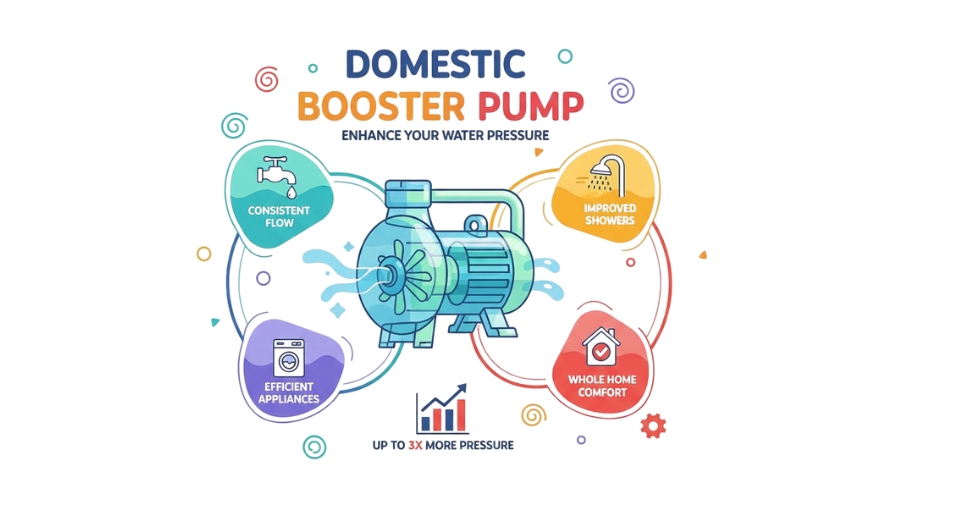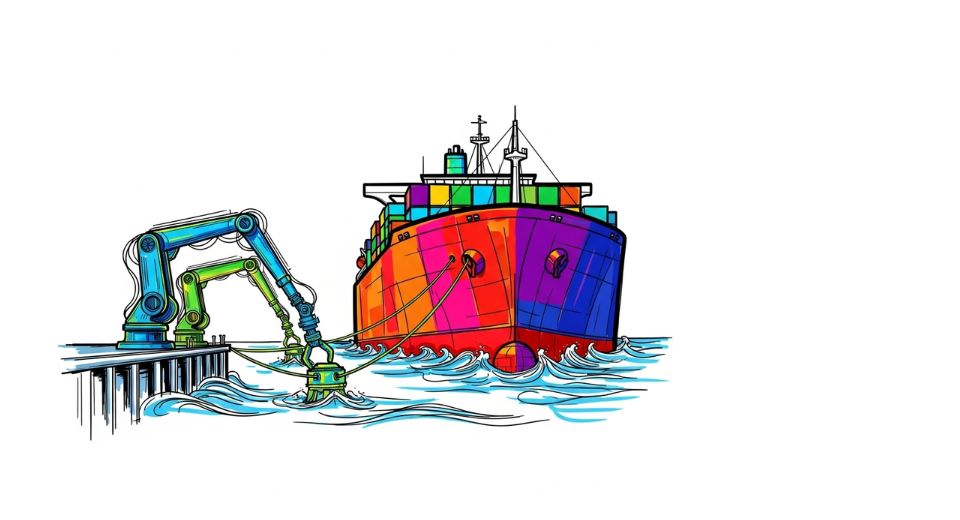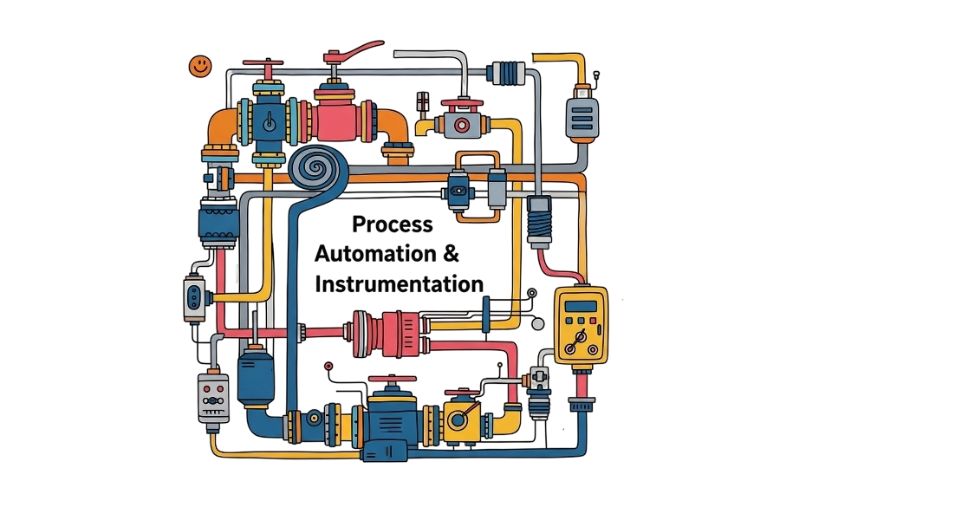Global Domestic Booster Pump Market - Comprehensive Data-Driven Market Analysis & Strategic Outlook
Can the developing urbanization and call for steady water pressure redefine how households perceive water control structures? As era advances, will smart domestic booster pumps disrupt conventional pumping solutions and reshape market competition? And amidst growing environmental concerns, how will manufacturers balance energy performance with affordability inside the global domestic booster pump market?
- The global domestic booster pump market valued at approximately USD 3514.7 million in 2025, growing at a CAGR of around 6.9% through 2032, with potential to exceed USD 5609.3 million.
- Single Stage account for nearly 30.8% market revenues, driving innovation and expanding applications through intense research.
- Key trends driving growth: Rising urbanization and growing demand for consistent household water pressure., Increasing installation of modern plumbing and smart home water systems.
- Opportunities include Expansion of energy-efficient and smart booster pump technologies for residential use.
- Key insight: The market is set to grow exponentially in value over the next decade, highlighting significant growth opportunities.

The global domestic booster pump market has been gaining recognition within the industrial and residential water management industry, as it makes sure water pressure is maintained at appropriate levels for day-to-day applications. With urbanization gaining pace across continents-especially in Asia and Africa-the water distribution networks will need to be much more efficient and reliable. Booster pumps will no longer be restricted to commercial installations; instead, they will find their place as standard equipment in households, high-rise apartments, and small-scale residential systems. Global electricity consumption for water pumping and treatment is likely to increase by almost 25% by 2030, according to data from the International Energy Agency (IEA), reflecting the rise in dependency on pressure management systems at home.
The future development of this sector will also be determined by a series of government initiatives aimed at guaranteeing continuous water supply, especially in rural and metropolitan areas. Initiatives like India's Jal Jeevan Mission and the "Water Efficiency Directive" in Europe will, over time, favor the diffusion of energy-efficient domestic booster pumps to optimize household water use. IWA estimated that as much as 35% of all urban water systems around the world lose either pressure or result in inconsistent flow because of aging infrastructure. This is precisely what booster technology aims to address: through innovative design and smarter control systems.
Geographic Dynamics
Based on geography, the global domestic booster pump market is divided into North America, Europe, Asia-Pacific, South America, and Middle East & Africa. North America is further divided in the U.S., Canada, and Mexico, whereas Europe consists of the UK, Germany, France, Italy, and Rest of Europe. Asia-Pacific is segmented into India, China, Japan, South Korea, and Rest of Asia-Pacific. The South America region includes Brazil, Argentina, and the Rest of South America, while the Middle East & Africa is categorized into GCC Countries, Egypt, South Africa, and Rest of Middle East & Africa.

Market Segmentation Analysis
The global domestic booster pump market is mainly classified based on Type, Application, Sales Type.
By Type is further segmented into:
- Single Stage
There could be consistent demand for unmarried-degree booster pumps inside the global domestic booster pump market attributable to their compact layout and cost performance. Single-level booster pumps have a huge application in small houses and apartments, requiring best moderate water strain stages. Advances in this region in the future will revolve around sturdiness, noise reduction, and energy performance with regard to sustainability.
- Multi Stage
Multi-stage booster pumps will preserve to dominate installations that want better pressure and extent in the global domestic booster pump market due to their capacity to deal with multiple water distribution points for large buildings and irrigation systems. Ongoing improvements will purpose at smarter control systems and stepped forward corrosion resistance for longer operational lifetimes.
By Application the market is divided into:
- Household
Household applications will continue to be the primary boom driver inside the global domestic booster pump market because of urban expansions and rising living standards. Additional residential tasks will name for reliable water stress systems for day by day intake. Smart monitoring technology and compact designs may be required to satisfy current housing wishes efficaciously.
- Agriculture
Agricultural applications within the global domestic booster pump market will see strong growth as water control becomes increasingly more critical. Greater emphasis on irrigation strategies will boom demand for extra efficient pumps with low electricity consumption. Automation of water supply systems will similarly give a boost to agricultural productivity via reducing the wastage of this resource.
- Water and Wastewater
Water and wastewater management inside the global domestic booster pump market will retain to enlarge as governments positioned extra emphasis on aid efficiency. Advanced pumps with designs for regular float and reduced protection will gain traction. The emphasis will fall on environmentally pleasant answers that support recycling and wastewater remedy for sustainable infrastructure.
- Industrial
The phase of industrial packages inside the global domestic booster pump market will see a steady rise supported by manufacturing enlargement and procedure automation. Industries could be searching out booster pumps that can paintings below high strain with fluctuating drift demands. The recognition is then going to shift in the direction of power-saving models with predictive upkeep features for decreasing downtime and operational fees.
- Others
Other sectors within the global domestic booster pump market, including production and hospitality, will see a gradual rise in adoption. This want will create constant opportunities for stable water deliver structures in business settings. Future tendencies may be on sensible manage mechanisms and eco-friendly materials to meet environmental compliance requirements.
By Sales Type the market is further divided into:
- New Sales
New income inside the global domestic booster pump market will continue to upward push as infrastructural initiatives and home developments expand. Technological innovation is going to carry fashions which might be green, compact, and person-friendly. Adoption of clever water pressure structures will create more moderen consumers who desire automation and convenience.
- Aftermarket
Aftermarket services in the global domestic booster pump market have to make many contributions to operational reliability. Growing requirements pertaining to repair, replacement, and maintenance solutions will stimulate service providers to further develop advanced diagnostic tools; service contracts improved and digital monitoring will also contribute toward long-term performance and customer satisfaction.
|
Forecast Period |
2025-2032 |
|
Market Size in 2025 |
$3514.7 Million |
|
Market Size by 2032 |
$5609.3 Million |
|
Growth Rate from 2025 to 2032 |
6.9% |
|
Base Year |
2024 |
|
Regions Covered |
North America, Europe, Asia-Pacific, South America, Middle East & Africa |
Competitive Landscape & Strategic Insights
It is evident from the global domestic booster pump market presented by Metastat Insight that solutions for water pressure are becoming an indispensable part of modern living. In households, apartments, and small commercial buildings, booster pumps play a vital role in ensuring consistent water flow, especially in regions where natural pressure is low. As more people migrate toward urban areas and high-rise living becomes common, the demand for efficient and durable water pressure systems will only continue to rise. This is a growth indicative not just of a technological shift but also of a lifestyle change, wherein convenience and reliability are now basic expectations.
The industry is characterized by both well-established global manufacturers and fast-growing regional players. Leading companies such as Smith & Loveless Inc., Aquatec International, Inc., Dab Pumps Spa, Alfred Kärcher SE & Co. KG, Pentair, Franklin Electric Co. Inc., Zodiac Pool Systems LLC, Witte Pumps & Technology GmbH, Xylem, Davey Water Products, Grundfos Holding A/S, WILO SE, Danfoss, Peerless Pump Company, CAT Pumps, Zoeller Pump Company, Vossche, and C.R.I. Pumps Private Limited mark the top names leading the way ahead in the industry. Consistent innovations combined with attention to energy efficiency and product reliability have shaped the identity of this industry. This further creates a healthy competition in the market, as regional manufacturing is on the rise similarly to offer cost-effective and customized solutions against local water supply challenges.
These organizations are an increasing number of specializing in user-friendly designs, energy-saving vehicles, and smart monitoring structures. With growing focus of water conservation and sustainability, the combination of more virtual technologies inside booster pumps has emerged as a fashion. Smart sensors, automation, and connectivity enable customers to reveal performance, hit upon leaks, and optimize stress settings in actual time. This multiplied technological interface with water control will guide households in reducing wastage and cutting down power bills, as a result making clever pumps an appealing choice for each clients and policymakers.
Government projects associated with green water use and infrastructure development aid the marketplace's growth as properly. Most governments in developing areas are promoting home water management structures to tackle the problems of fast urbanization and growing shortage of water. These steps, together with technological improvements through the non-public region, are in all likelihood to push the global market towards sustainable growth. Additionally, substitute of old structures with power-efficient booster pumps has created new business avenues, especially in international locations focusing on inexperienced technology. The worldwide home booster pump marketplace will, consequently, maintain on expanding because of the increasing demand for green and regular water pressure structures. The opposition from installed global brands and aggressive nearby players ensures the tempo of non-stop product development and innovation. With similarly penetration and get admission to to era, and with growing focus for water efficiency, the market will actually maintain its consistent pace, enhancing residing conditions for hundreds of thousands of people the world over.
Market Risks & Opportunities
Restraints & Challenges:
Costly Maintenance and Energy Consumption:
The high running and energy expenses of those structures will task the global domestic booster pump market. Due to habitual requirements of servicing and the need for electricity to hold them walking, many families can be wary of investing on this device. This could restrain the market increase despite growing city demand.
Limited attention and adoption in rural and coffee-earnings regions:
The global domestic booster pump market will hold to stand the problem of restrained recognition approximately the benefits accruing from water pressure control structures, mainly in lots of developing areas. A lack of records, financing, and technical assist restricts adoption amongst rural and coffee-earnings families. This should see higher market penetration if efforts towards training and affordability are pursued.
Opportunities:
Expanding Energy-Efficiency and Smart Booster Pump Technologies for Residential Applications:
New avenues in the global domestic booster pump market can be spread out with the advent of power-green and smart technologies. Such advanced structures can display water usage, adjust the strain mechanically, and shop strength. With growing tendencies of sustainability and domestic automation, such clever solutions will see high growth momentum inside the coming years.
Forecast & Future Outlook
- Short-Term (1–2 Years): Recovery from COVID-19 disruptions with renewed testing demand as healthcare providers emphasize metabolic risk monitoring.
- Mid-Term (3–5 Years): Greater automation and multiplex assay adoption improve throughput and cost efficiency, increasing clinical adoption.
- Long-Term (6–10 Years): Potential integration into routine metabolic screening programs globally, supported by replacement of conventional tests with advanced biomarker panels.
Market size is forecast to rise from USD 3514.7 million in 2025 to over USD 5609.3 million by 2032. Domestic Booster Pump will maintain dominance but face growing competition from emerging formats.
Further, this will be done by integrating VFD technology and smart sensors for intelligent control that ensures the pump operates only when actually required, thus saving unnecessary energy consumption and prolonging system life. From manufacturers' perspectives, environmental standards laid down by agencies such as the U.S. Environmental Protection Agency and the European Committee for Standardization will drive the industry toward sustainable materials and higher efficiency certification. As the demand for water continues to rise globally, the global domestic booster pump market will become an essential part of the modern infrastructure of water supply systems, acting as an interface between conventional plumbing and future-compatible water distribution technologies.
Report Coverage
This research report categorizes the global domestic booster pump market based on various segments and regions, forecasts revenue growth, and analyzes trends in each submarket. The report analyses the key growth drivers, opportunities, and challenges influencing the global domestic booster pump market. Recent market developments and competitive strategies such as expansion, type launch, development, partnership, merger, and acquisition have been included to draw the competitive landscape in the market. The report strategically identifies and profiles the key market players and analyses their core competencies in each sub-segment of the global domestic booster pump market.
Domestic Booster Pump Market Key Segments:
By Type
- Single Stage
- Multistage
By Application
- Household
- Agriculture
- Water and Wastewater
- Industrial
- Others
By Sales Type
- New Sales
- Aftermarket
Key Global Domestic Booster Pump Industry Players
- Smith & Loveless Inc.
- Aquatec International, Inc.
- Dab Pumps Spa
- Alfred Kärcher SE & Co. KG
- Pentair
- Franklin Electric Co. Inc.
- Zodiac Pool Systems LLC
- Witte Pumps & Technology GmbH
- Xylem
- Davey Water Products
- Grundfos Holding A/S
- WILO SE
- Danfoss
- Peerless Pump Company
- CAT Pumps
- Zoeller Pump Company
- Vossche
- C.R.I. Pumps Private Limited
- Davey Water
WHAT REPORT PROVIDES
- Full in-depth analysis of the parent Industry
- Important changes in market and its dynamics
- Segmentation details of the market
- Former, on-going, and projected market analysis in terms of volume and value
- Assessment of niche industry developments
- Market share analysis
- Key strategies of major players
- Emerging segments and regional growth potential








 US: +1 3023308252
US: +1 3023308252






